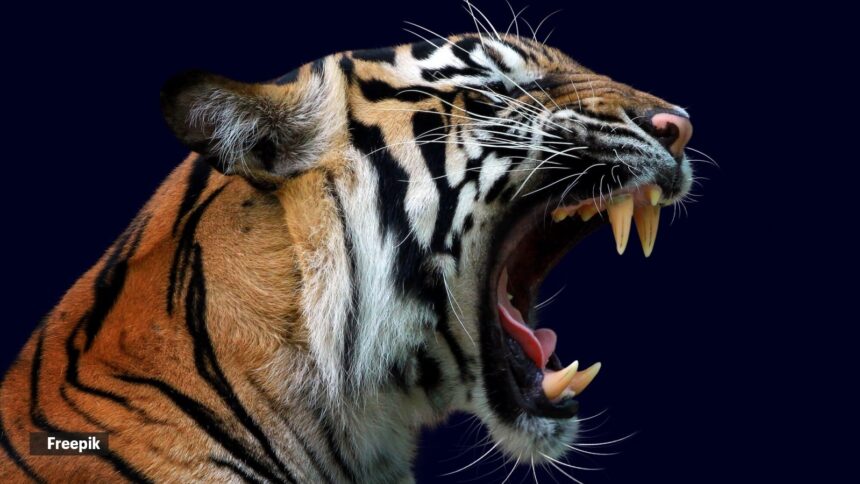According to the BBC, the average strength of a human bite is 162 pounds per square inch (PSI). This is nothing compared to some animals. From crocodiles to bears, these chompers.
Bite force is not only dependent on the jaw muscles of animals but also on the jawbone, the surface area of the teeth and the size area of their lunch, as per the BBC.
Here are the top 5 animals with the strongest bite force:
According to BBC, the hippopotamus has a massive bite force of 1800 psi. With the largest mouth of any mammal, their canines typically measure 71 cm and the largest ever hm found was 144 cm!
They use this massive force to defend against other apex predators and to attack other hippos. They reside in Sub-Saharan Africa.
According to BBC, the jaguar has a whopping 1500 psi of bite force and uses this massive jaw strength to crush through the armoured skin of crocodiles and the shells of turtles and tortoises. However, they prey on almost any animal even those four times their weight!
They reside in the Southwestern USA, Central America and South America.
According to BBC, the Gorilla with a whopping 1,300 psi of bite force, largely uses this phenomenal jaw strength to chew hard branches and tear bark off trees. Making them an anomaly in the list of animals with exceptionally high bite force.
Gorillas are distributed across the forests of Central Africa.
The bull shark has a whopping 1350 psi of bite strength with up to 350 teeth at one time. In fact as an older teeth closer to edge of jaw falls out, the teeth from right behind moves front and as a result this species , according to BBC. Making shark teeth a very common fossil find!
They feed on oyesters, turtles, hippos and other sharks. And, reside in warm coastal areas, rivers and lakes worldwide
According per BBC, among bears, Polar bears have the highest bite force of a whopping 1200 psi. Their canines grow as much as 5 cm, which they utilise to chomp through the thick blubber of arctic animals, mainly ringed and bearded seals. However, they also scavenge or feed on mammals, vegetations, eggs or other mammals.
These residents of the Arctic Circle are also interestingly the only bears to be considered marine mammals.








